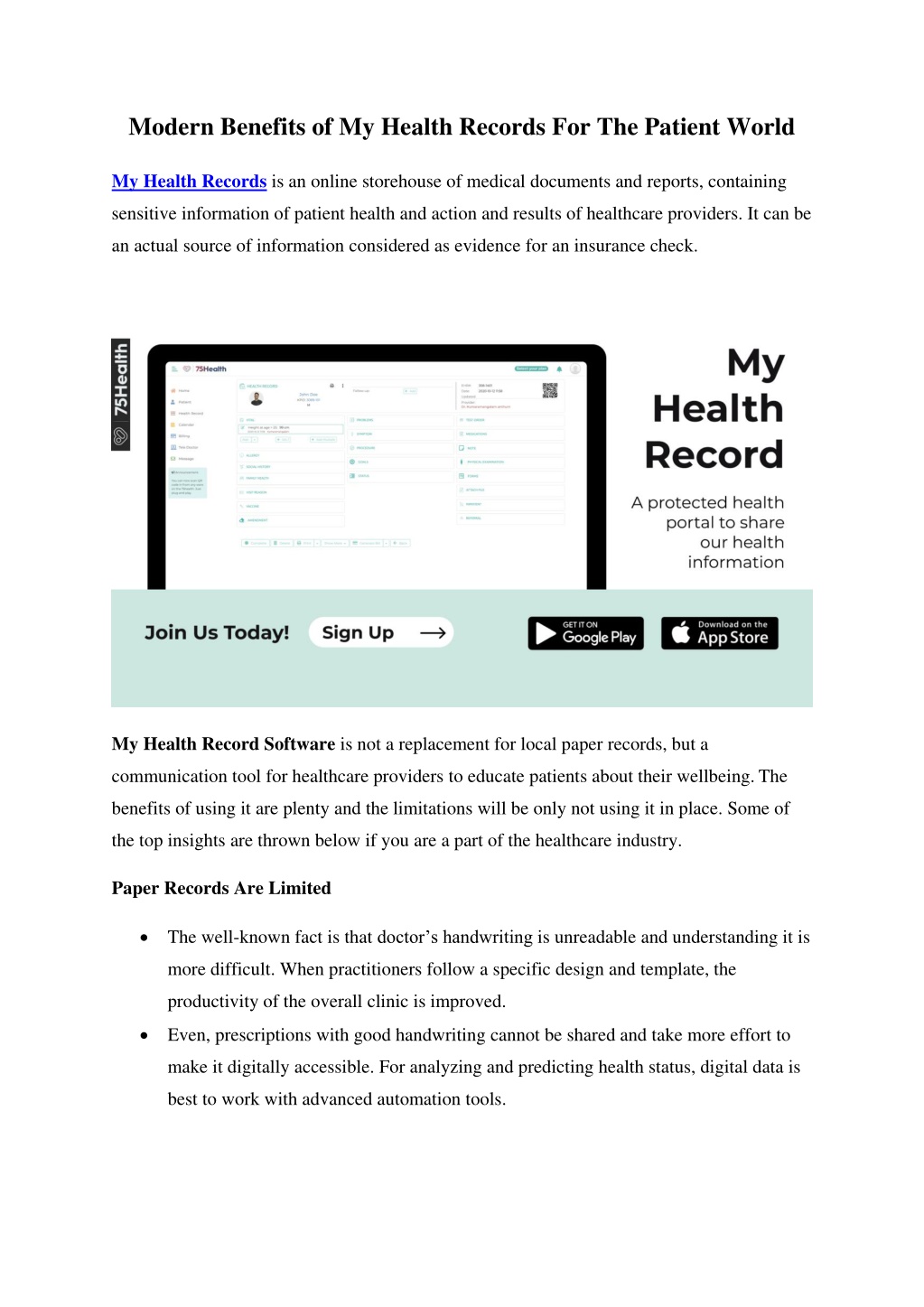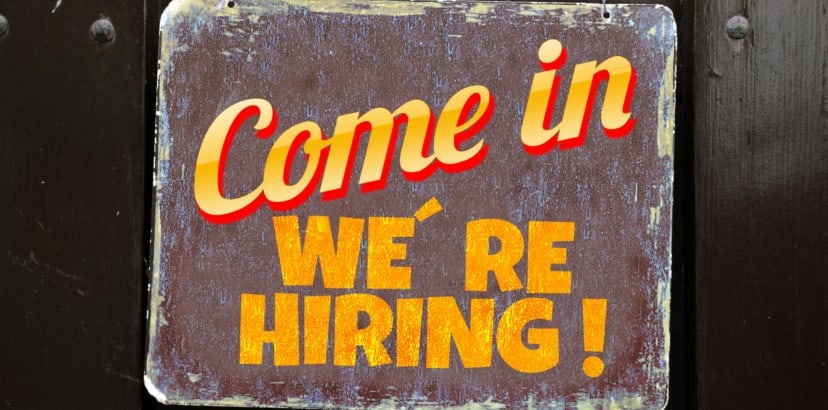

When you visit your GP, your consultation data will typically be stored electronically in a GP computer practice system such as Medical Director.Īny prescriptions will be stored on another computer system at your local pharmacy. Health services and systems have long known the limitations of paper records – which is why you already have several electronic medical records. To give you an idea of the scale, in 2016, the Royal Adelaide Hospital faced the challenge of moving an estimated 400,000 paper records from the previous two years alone to a new site. This is in part a function of their enormous physical volume. There are numerous examples of paper medical files being found in bins and inadequately disposed of, including examples of records being found by complete strangers. This underlines the limitations of paper records as a method of storing and communicating medical information. Tragically, ten months earlier, Victorian man Mettaloka Halwala died after his cancer test results showing signs of potentially fatal lung toxicity were faxed to the wrong number. In 2016, the Royal Australian College of General Practitioners recommended ceasing the use of fax machines within three years, noting that slow communication between health providers could result in significant medical errors. This includes emails, text messages and faxes. What could a My Health Record data breach look like?Īs you read this, reams of medical data are being sent between health professionals in the mail, through conversations (on the phone or in person), and in small pockets of secure messaging. So it’s important to know what the current system looks like. But if you’re opting out of My Health Records, you’re opting in to “business as usual”. Most arguments for opting out revolve around the security of health data in centralised record systems. Day to day, it will provide benefits such as reminding us when we last had a tetanus shot, or allowing a back-up GP to access the results of a recent blood test so we don’t need another.Įfficiencies generated by My Health Records, including reduced duplication of tests, are projected to save more than A$300 million over three years. In emergency situations, access to information from My Health Records about allergies, medicines and health conditions can save lives. From October 15, those who haven’t opted in or out will have a record automatically generated. If you have questions or need further information about the JWM Neurology patient portal, please call us at 31.Australians have just under three months to decide whether they want a My Health Record, which would allow the various health professionals who look after them to access and share their health information.
#Myhealthrecords password#
Once you receive your user name and password set up, you can access the patient portal here: Questions?

(JWM Neurology will not have access to this information.) Visit Our Portal You will then be able to access the portal at any time. This will enable you to set up a secure user name and password. We will then send you an electronic invitation for registration. Please be prepared to provide us with your email address. To sign up for access to our portal, please contact JWM Neurology at 31. If you already have a portal user name and password, you can access the JWM Neurology secure portal here: Sign Up For Our Patient Portal One of our JWM staff members will contact patients via phone with answers to individual patient questions submitted via the portal. Patients are also able to view test results that have been posted and securely ask questions via the portal.

Information such as physician summary notes from patient visits are available, however, the portal does not have actual access to the patient’s medical chart. The JWM Neurology patient portal enables patients to communicate with our offices in a secure manner.


 0 kommentar(er)
0 kommentar(er)
